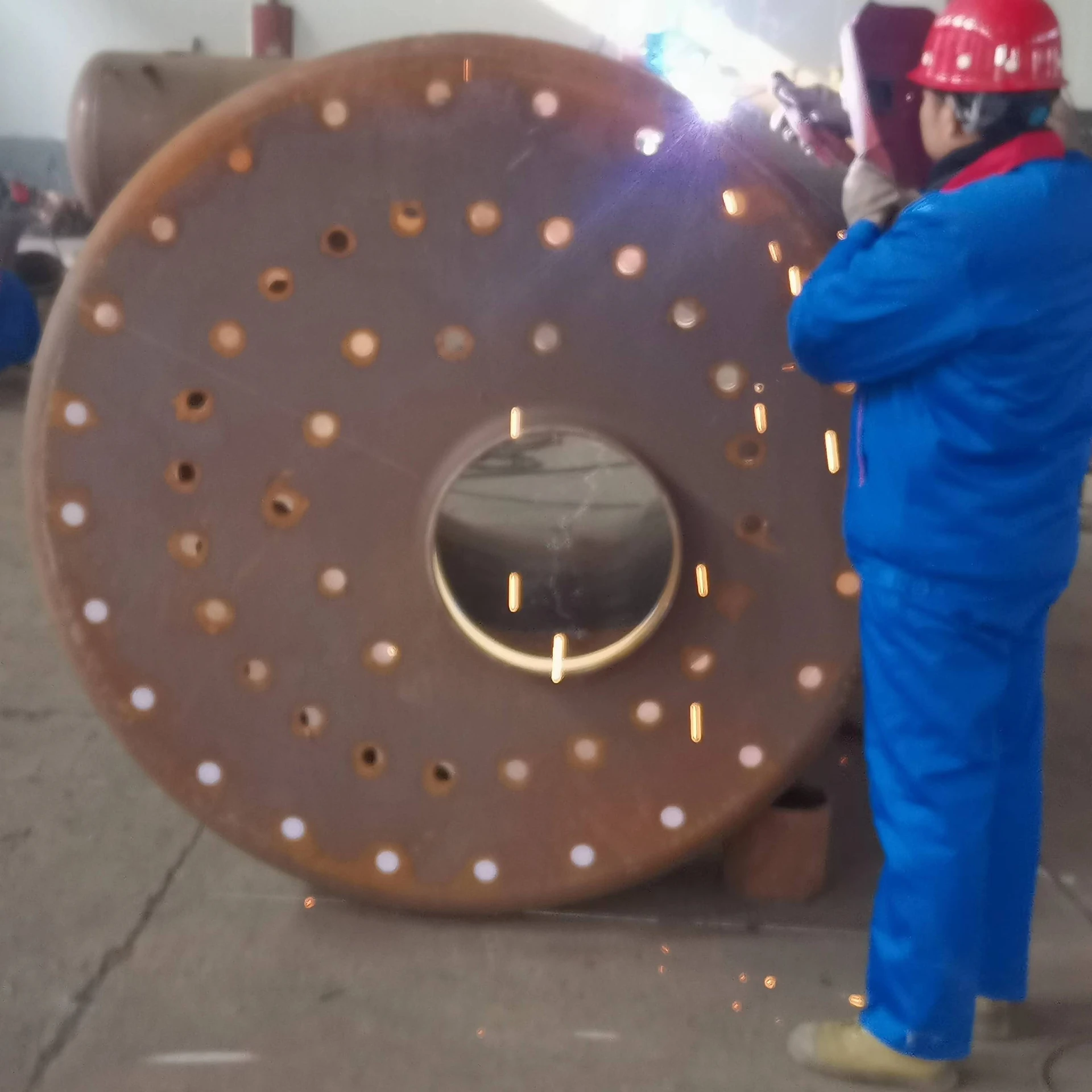
Sep . 15, 2024 11:01 Back to list
boiler steam plant
Understanding Boiler Steam Plants
Boiler steam plants are essential facilities in various industries, providing critical steam generation needed for heating, power generation, and various industrial processes. At their core, these plants transform water into steam through the process of combustion, utilizing fossil fuels, biomass, or even nuclear energy as heat sources.
The fundamental component of a boiler steam plant is the boiler itself. This device is designed to convert water into steam, which can then be used to drive turbines for electricity generation or supply heat for industrial processes. The efficiency of this conversion process is crucial, as higher efficiency leads to reduced fuel consumption and lower greenhouse gas emissions.
Boilers operate through a series of processes first, fuel is combusted in a combustion chamber, creating hot gases. These hot gases then pass through a series of heat exchangers where their heat is transferred to water, converting it into steam. The design of the boiler, whether fire-tube or water-tube, significantly affects the heat transfer efficiency and steam production capacity. Fire-tube boilers are typically more suitable for smaller applications, while water-tube boilers are employed in larger, high-capacity operations.
boiler steam plant

The steam generated can then be directed to various applications. In power plants, high-pressure steam is often used to drive turbines, which convert thermal energy into mechanical energy and subsequently into electricity. In industrial settings, steam is utilized in processes such as chemical production, sterilization, and heating systems. The versatility of steam makes it a valuable resource in many sectors, including manufacturing, food processing, and healthcare.
Operational efficiency is a key concern for boiler steam plants. Monitoring and control systems play a vital role in optimizing performance. Advanced sensors and automation technologies help in regulating temperature, pressure, and flow rates, ensuring safety and maximizing output. Regular maintenance and inspections are also critical to maintaining efficiency and prolonging the life of the boiler system.
Environmental considerations are increasingly influencing the design and operation of boiler steam plants. With the push for sustainability, there is a growing emphasis on reducing emissions and utilizing renewable energy sources. Modern boilers may incorporate technologies like carbon capture and storage or hybrid systems that combine traditional fuels with renewable sources to decrease their carbon footprint.
In conclusion, boiler steam plants are integral to energy production and various industrial processes. Their operation combines engineering principles, efficiency practices, and environmental considerations. As technology advances, these plants are evolving, aiming for greater sustainability while continuing to meet the demands of modern industry. Understanding their function and importance can lead to better management practices and innovations in the energy sector.
-
High-Efficiency Commercial Oil Fired Steam Boiler for Industry
NewsJul.30,2025
-
High-Efficiency Biomass Fired Thermal Oil Boiler Solutions
NewsJul.30,2025
-
High Efficiency Gas Fired Thermal Oil Boiler for Industrial Heating
NewsJul.29,2025
-
High-Efficiency Gas Fired Hot Water Boiler for Sale – Reliable & Affordable
NewsJul.29,2025
-
High Efficiency Biomass Fired Hot Water Boiler for Industrial and Commercial Use
NewsJul.29,2025
-
High-Efficiency Biomass Fired Hot Water Boiler for Industrial Use
NewsJul.28,2025
Related PRODUCTS






















